Blog
Our blog delves into the world of contamination control. We explore the techniques, technologies, and best practices that professionals employ to mitigate, prevent, and manage contamination across various fields and industries.

6 Reasons to Deep Clean your Data Center
6 Reasons to Deep Clean Your Data Center So dust, downtime, and data loss don’t…
Read More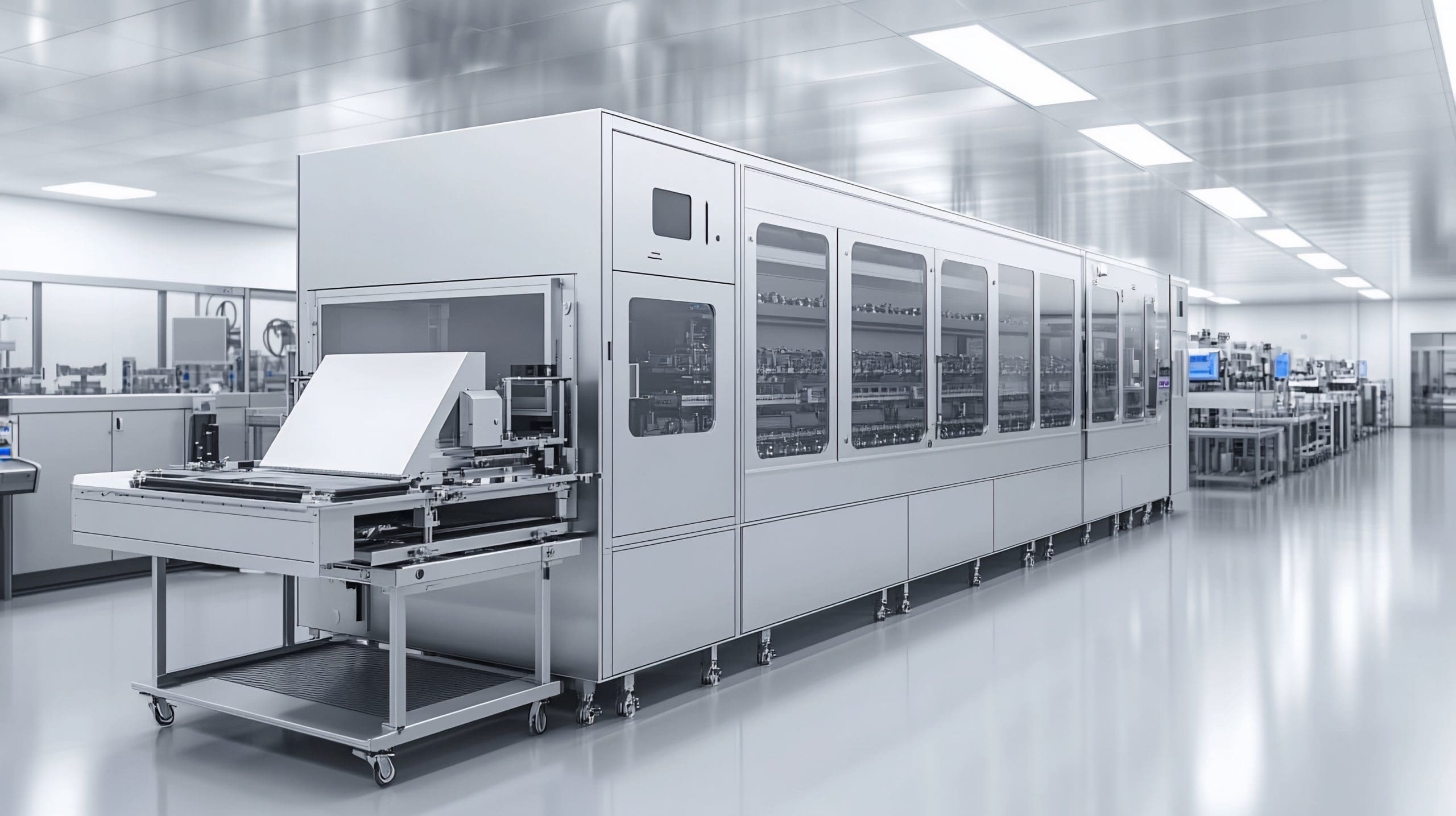
5 Mistakes Companies Make with Contamination Control, and How to Avoid Them.
Why Contamination Control is Non-Negotiable Contamination poses a serious risk in cleanrooms, where even microscopic…
Read More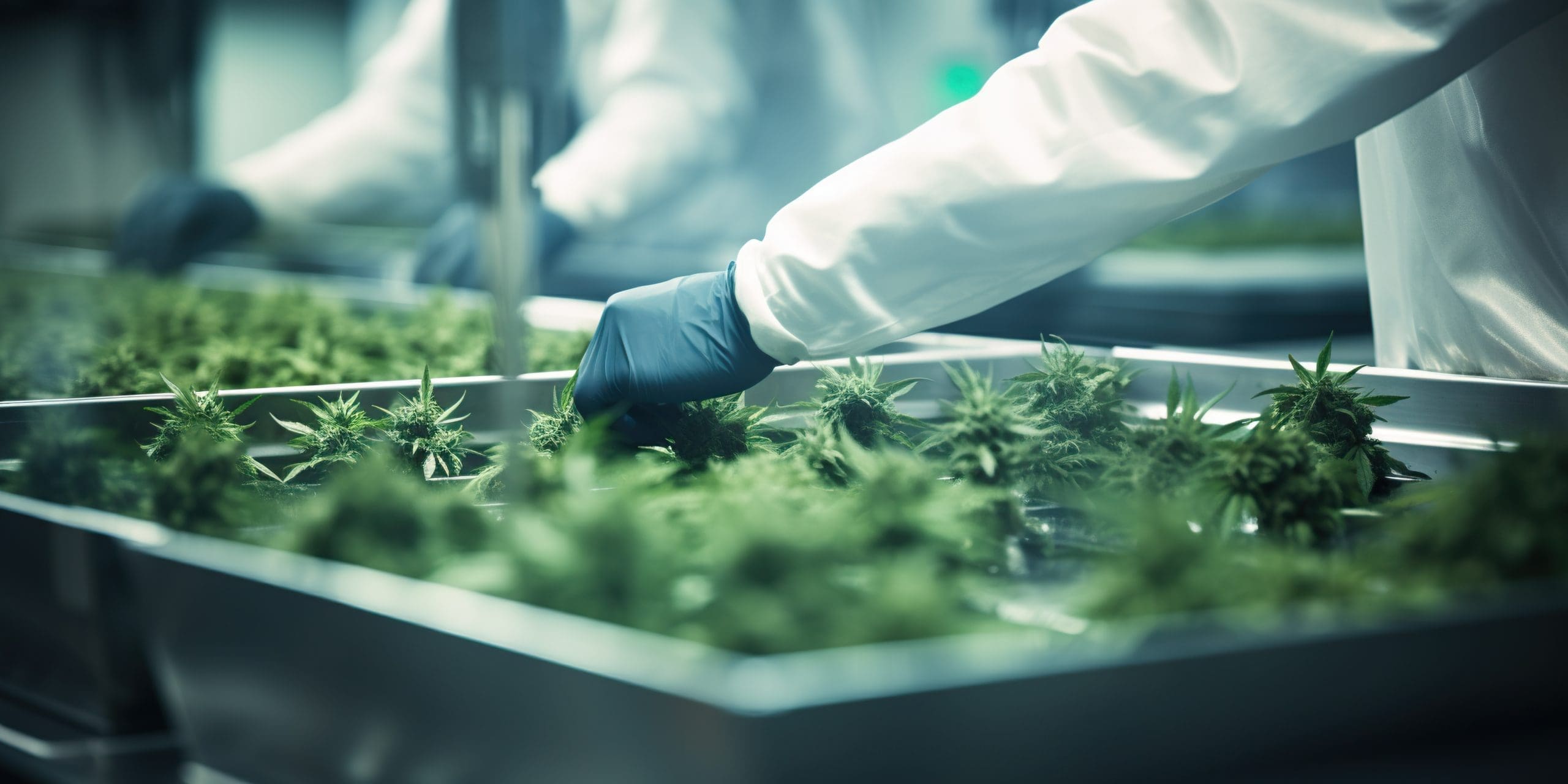
Floor-Level Contamination Control in Cannabis Facilities: Stop Contamination Before It Spreads
Why Floors Matter More Than You Think When people think about contamination in a cannabis…
Read More
Innovations in Contamination Control: What’s Next?
The Importance of Contamination Control Contamination control is critical within cleanrooms and controlled environments. Contaminants…
Read More
Cleanroom Start-Up and Shutdown (SU/SD) Processes: Planning, Risks, and Key Measures
Cleanroom start-up and shutdown (SU/SD) interrupt process flow and carry heightened contamination risks. Whether your…
Read More
How to Clean Dycem Mats
Dycem mats have been described as a ‘game-changer’ for improving facility’s contamination control at floor-level.…
Read More
4 Common Cleanroom Problems and How to Solve Them
Maintaining a contamination-free cleanroom is critical for industries like pharmaceuticals, medical devices, and electronics manufacturing.…
Read More
Floor-level Contamination in Pharmaceutical Manufacturing
Controlling contamination in pharmaceutical manufacturing often focuses on eye-level or operational areas, leaving floor-level contamination…
Read More
28 Applications for Dycem Mats in Electronics and Semiconductor Manufacturing
Contamination control is crucial in the electronics and semiconductor industries, where even the smallest particles…
Read More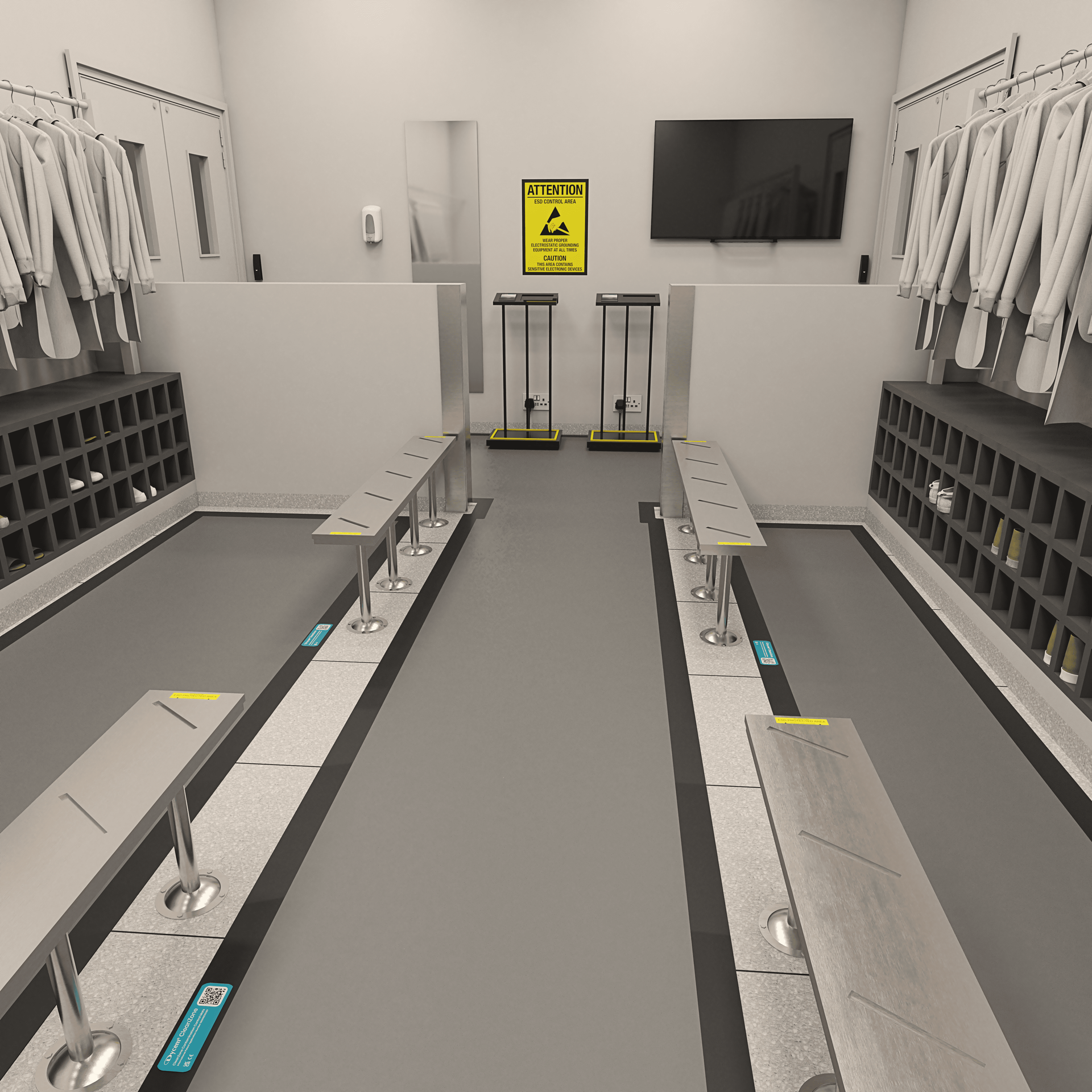
Why Ultra-Clean Environments are Vital for Semiconductor Manufacturing
Why Contamination Control is Crucial During Semiconductor Manufacturing Semiconductor fabrication is an exceptionally delicate and…
Read More
Sterile Compounding Standards: Key Updates and the Role of Contamination Control
Key Updates to Sterile Compounding Standards and Contamination Control As of January 2024, The Joint…
Read More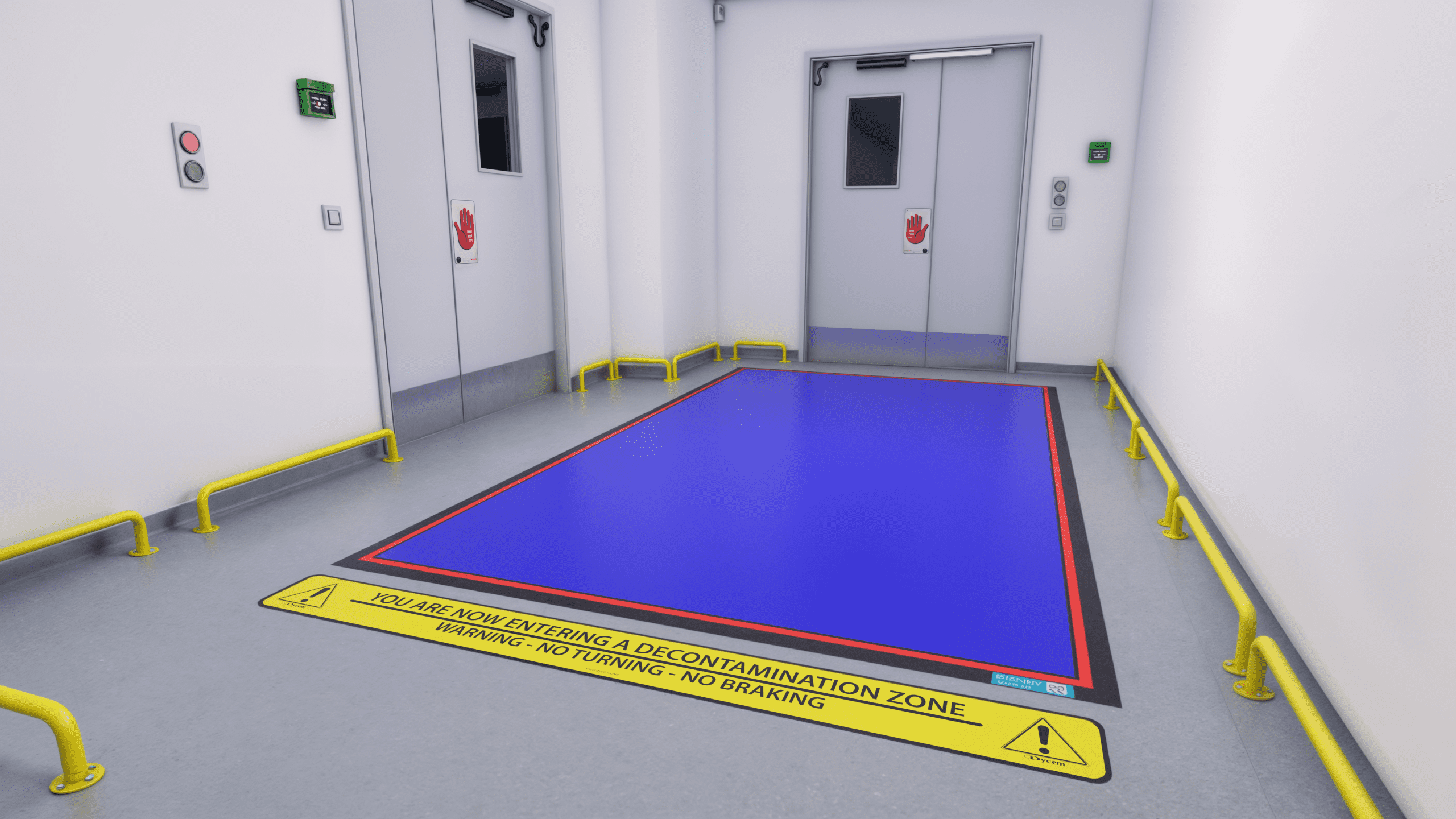
How to Help Mitigate Contamination in Pharmaceutical Cleanrooms
In the pharmaceutical industry, contamination control efforts often focus on eye-level, hand-level, and operational areas.…
Read More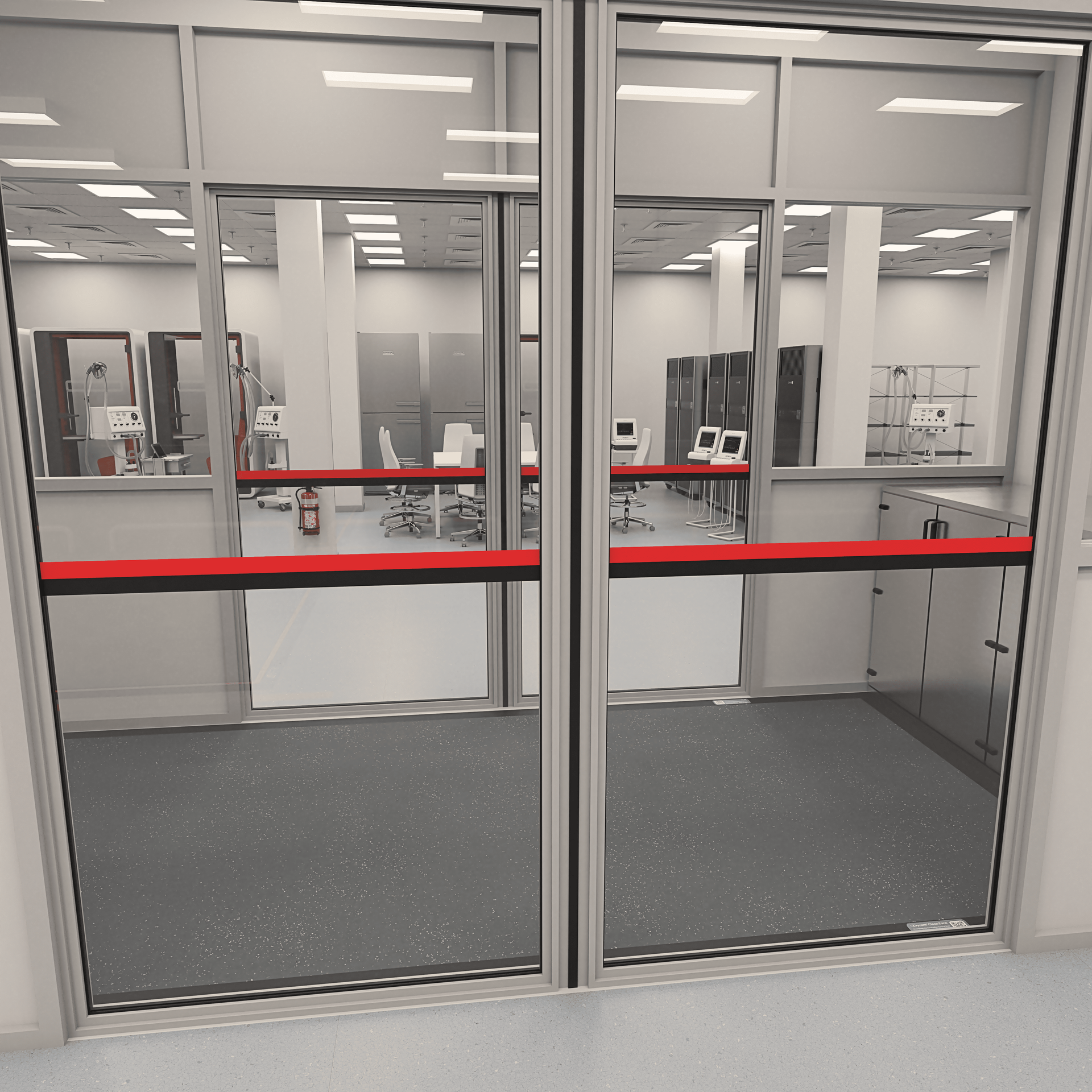
8 Ways to Keep Your Cleanroom Free of Contamination
Keeping your cleanroom free of contaminants is an important part of your operation, regardless of…
Read More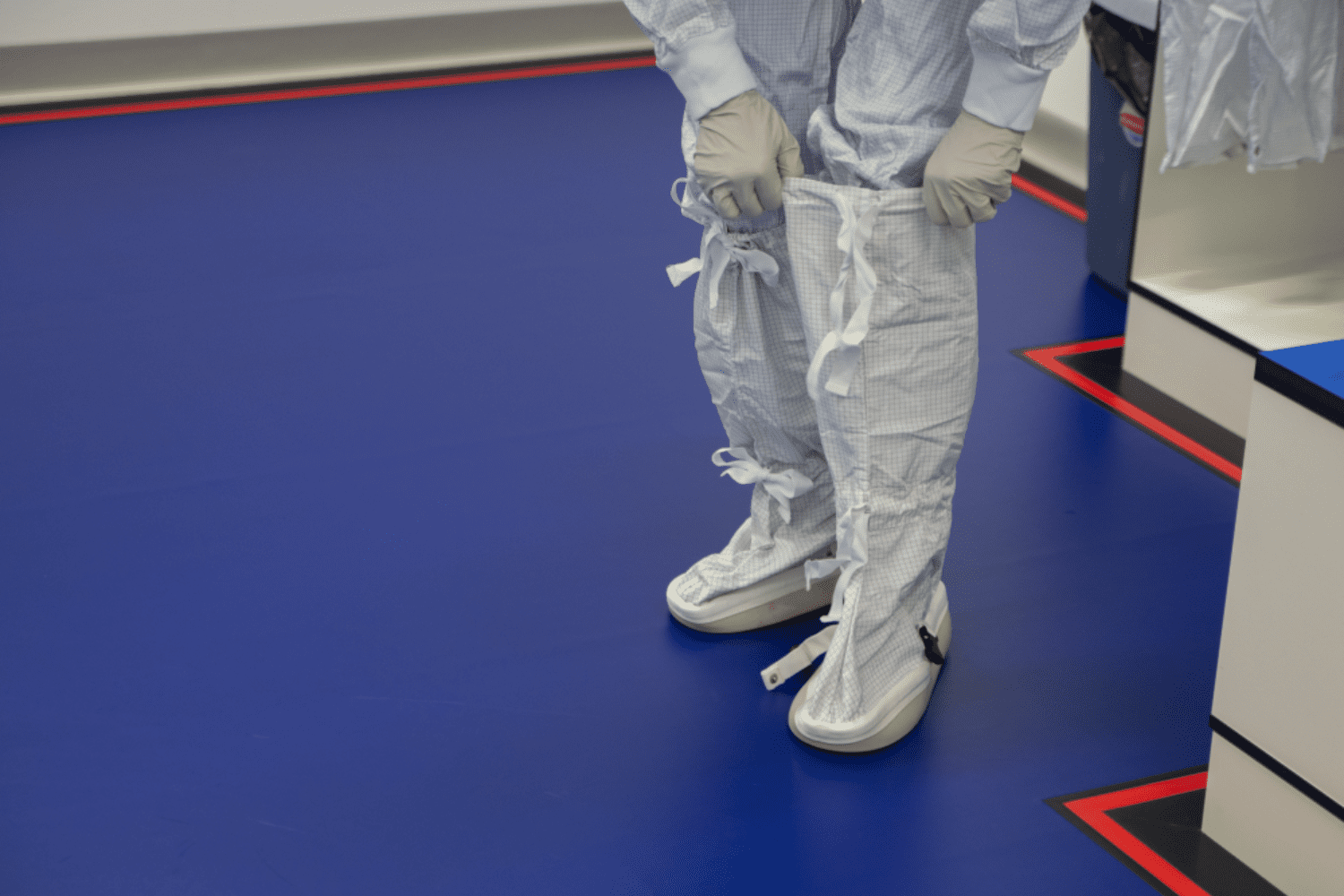
9 Tips to Improve Your Contamination Control Strategy (CCS)
A Contamination Control Strategy (CCS) is a systematic approach designed to minimize contamination risks across…
Read More
Improving Safety in Nuclear Pharmacy Operations
Nuclear pharmacies handle radioactive materials for critical medical procedures. These materials are fundamental for diagnoses…
Read More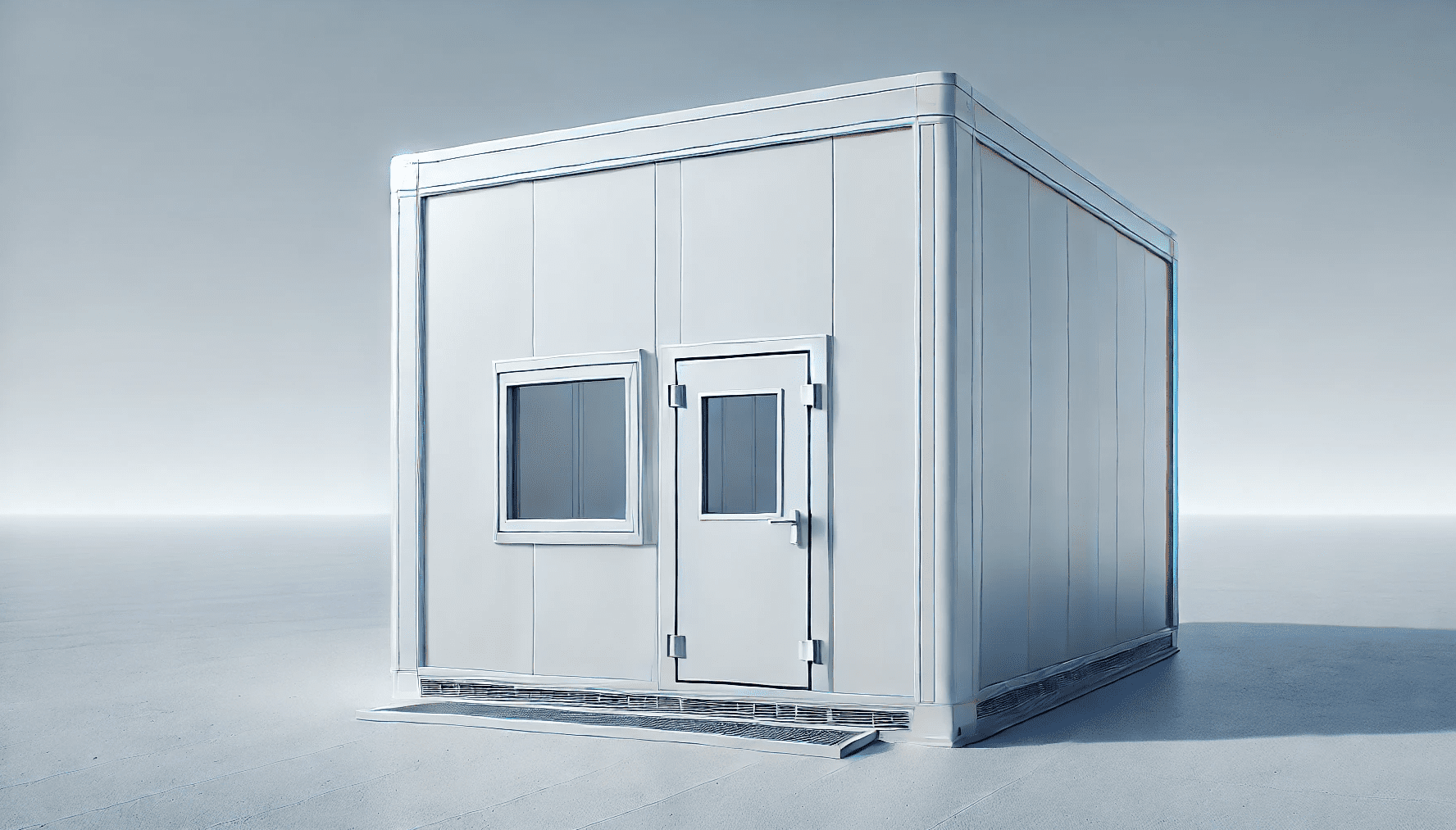
Modular vs. Fixed Cleanrooms: Cleanroom Design
Ensuring product quality and regulatory compliance in industries like pharmaceuticals, food and beverage, electronics, and…
Read More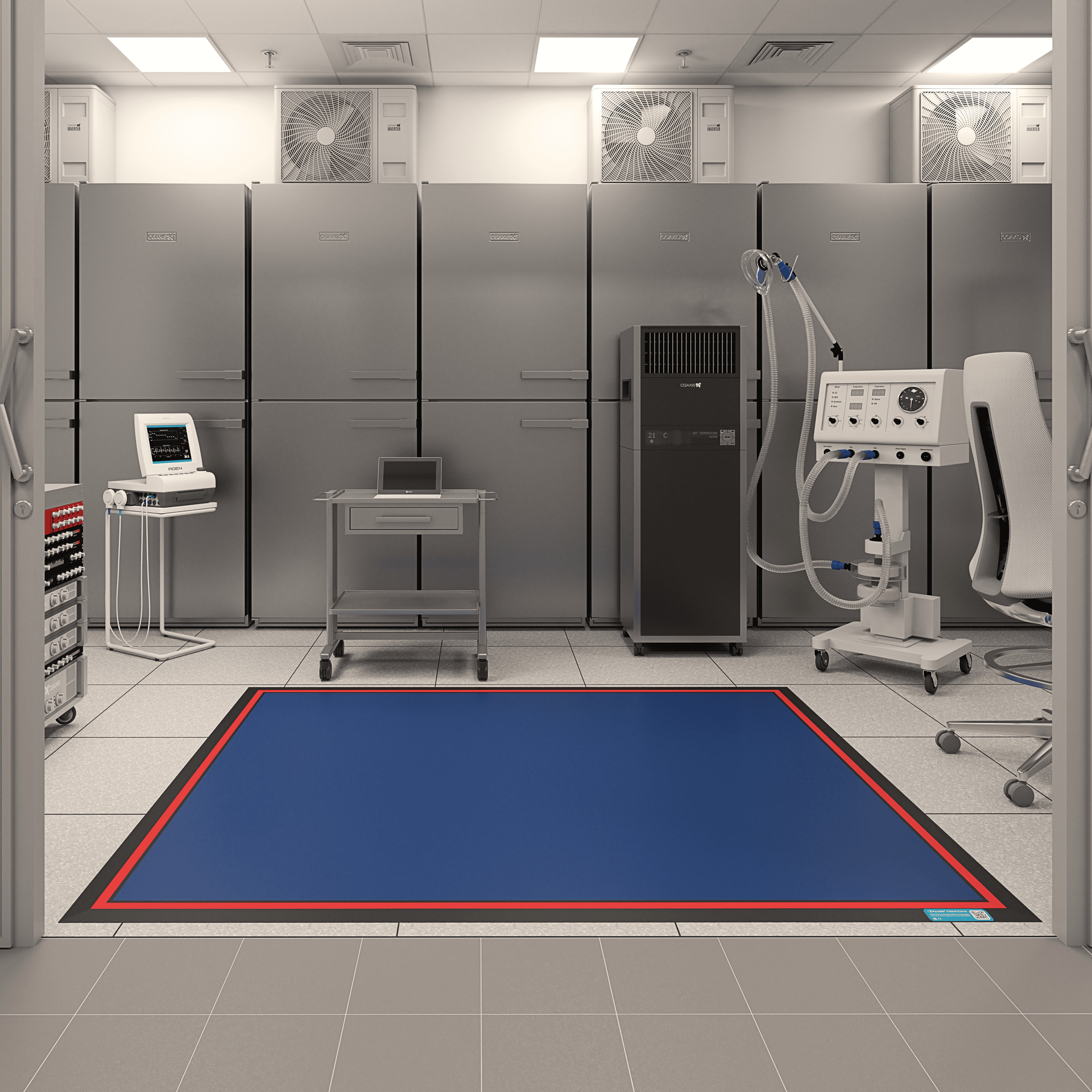
10 Uses for Dycem Contamination Control Mats
Want to stop contamination in its tracks? Dycem contamination control mats capture and retain up…
Read More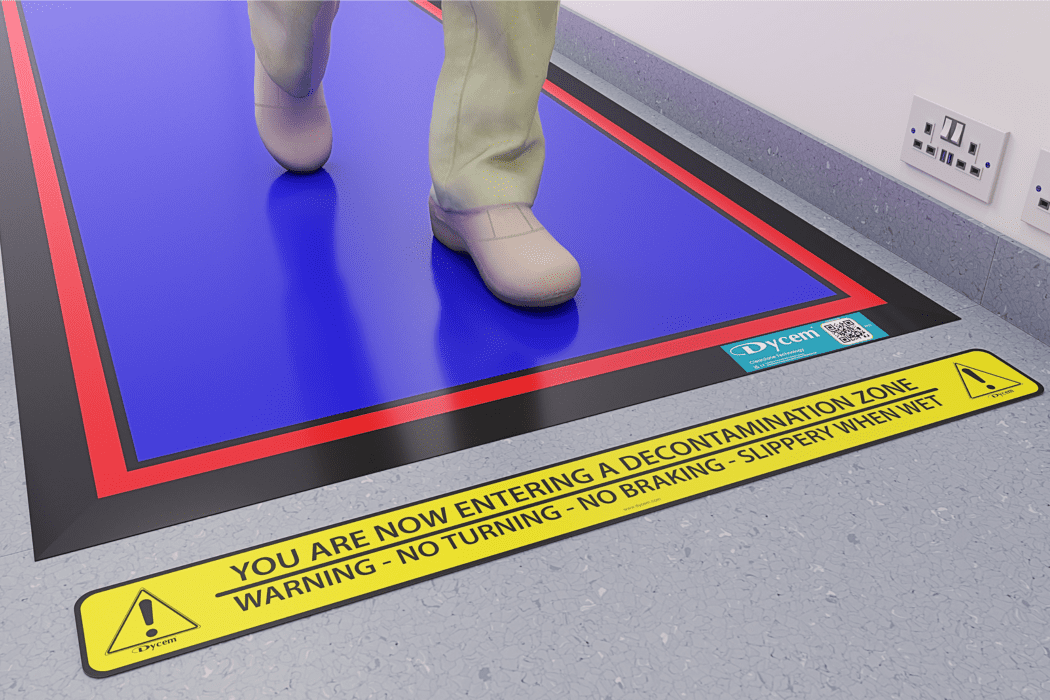
Floor Level Contamination Control: What’s Out There?
Establishing a Contamination Control Strategy (CCS) within cleanrooms or controlled environments is fundamental for safeguarding…
Read More
ESD Mats vs Anti-Static Matting: What’s The Difference?
In the electronics industry, electrostatic discharge (ESD) poses a significant threat to handling delicate electronic…
Read More
Controlling Cross-Contamination in Research Facilities
Cross-contamination presents a significant challenge in research and development facilities, where maintaining the integrity of…
Read More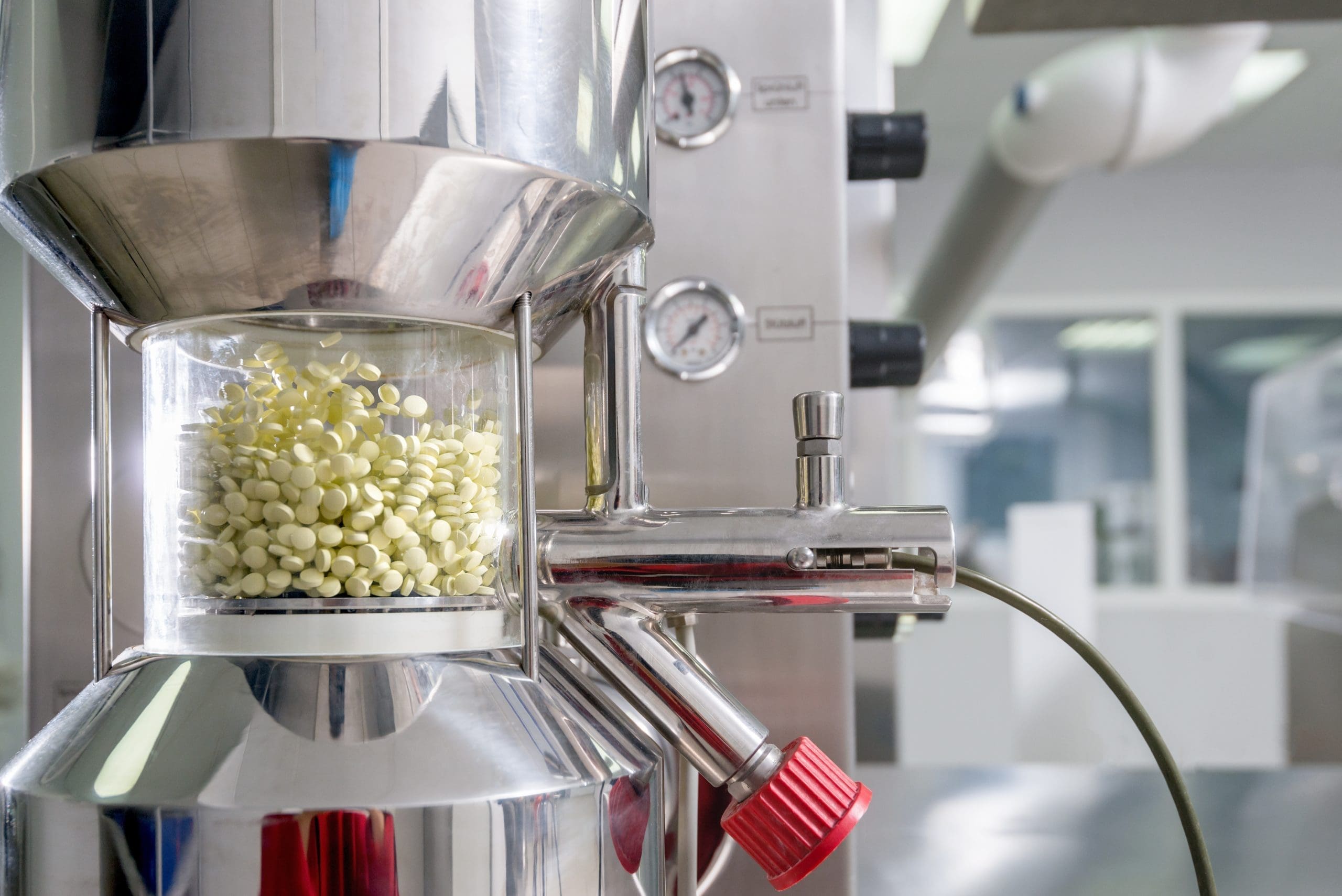
Preventing Cross-Contamination in Pharma Manufacturing
In the pharmaceutical industry, ensuring the purity and safety of medications is a high priority.…
Read More
Preventing Cross-Contamination in Healthcare Settings
In healthcare facilities, keeping patients safe and assuring the highest standards of care are the…
Read More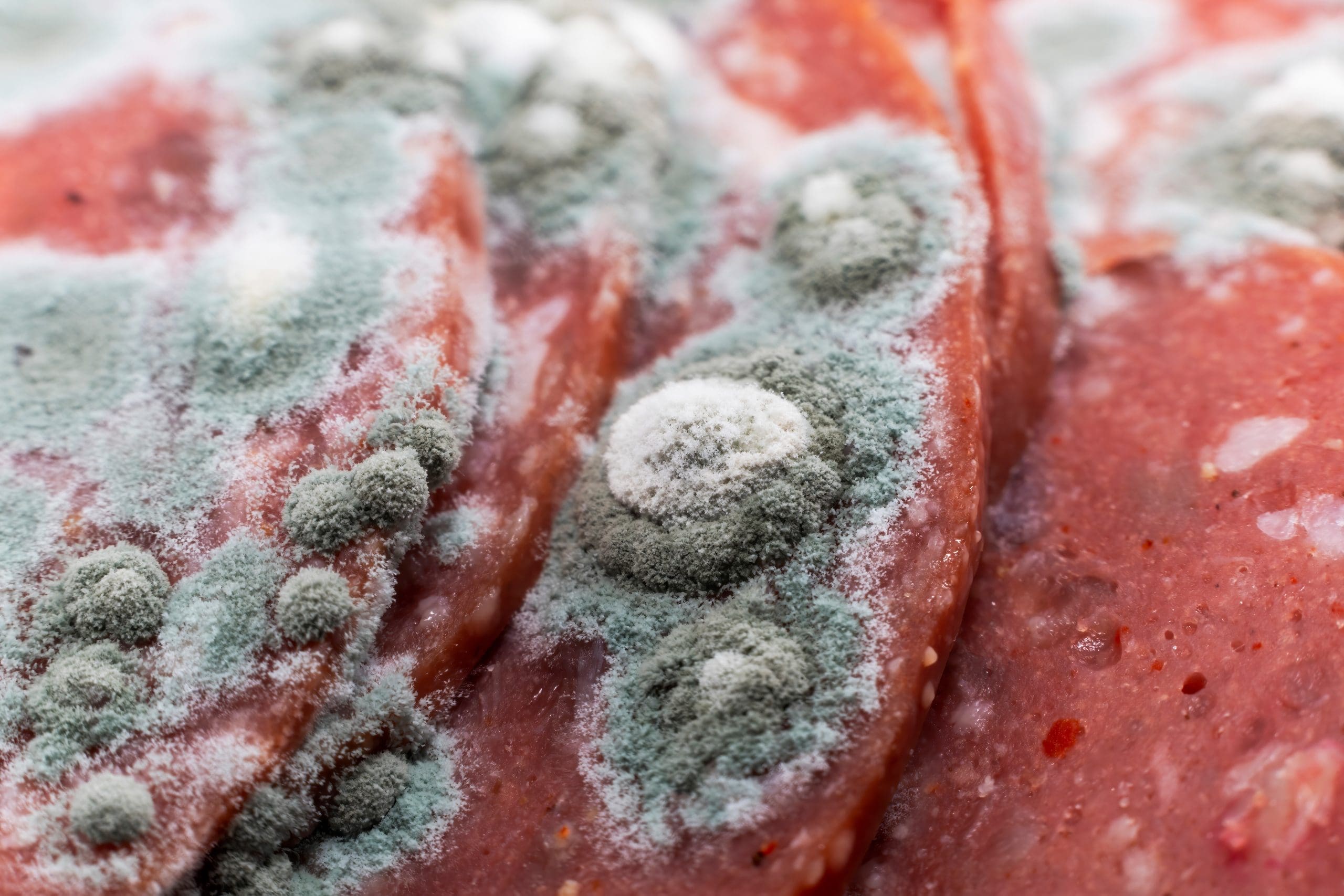
Controlling Cross-Contamination in Food Production
In the bustling world of food and beverage production and preparation, ensuring the safety and…
Read More
Cosmetic Cleanroom Guidelines to Follow
In the cosmetic production industry, adherence to regulatory standards has emerged as the new pillar…
Read More
Do Antimicrobial Surfaces Work?
We may not consider the development of antimicrobial surfaces against contamination in our daily lives.…
Read More
The Cleanest Places In The World
The class 1 ISO cleanroom standard represents the epitome of cleanliness, with less than 10…
Read More
Cleanroom Requirements – Everything You Need To Know
Cleanrooms, by definition, are an environment free from dust and other contaminants. The use of…
Read More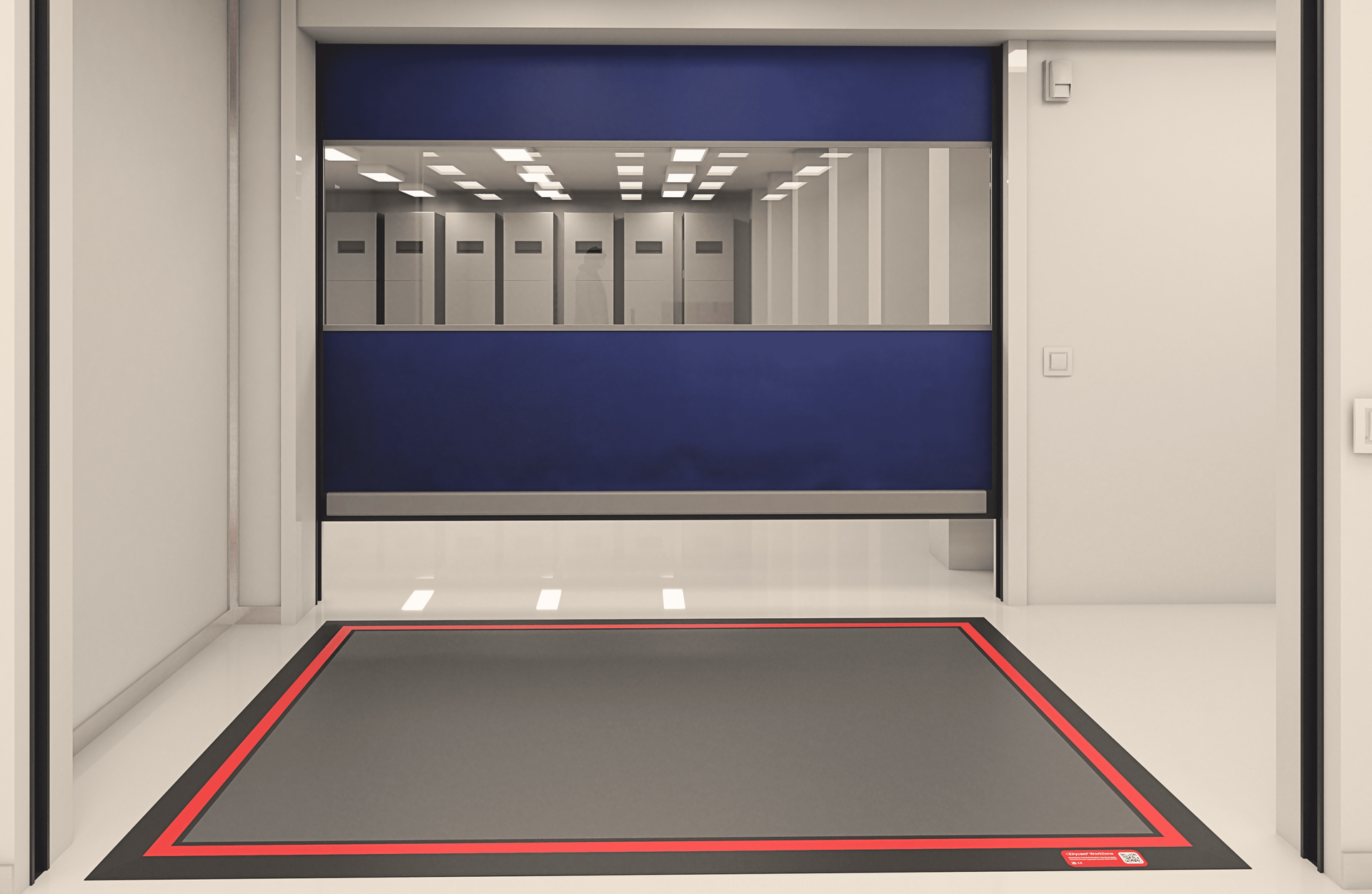
6 Steps for Improved Contamination Control
Welcome, fellow guardians of controlled environments! If you find yourself obsessing over the tiniest particles…
Read More
7 Rules to Follow In Your Cleanroom Environment
Cleanrooms play a pivotal role in industries such as semiconductor manufacturing, pharmaceuticals and biotechnology, where…
Read More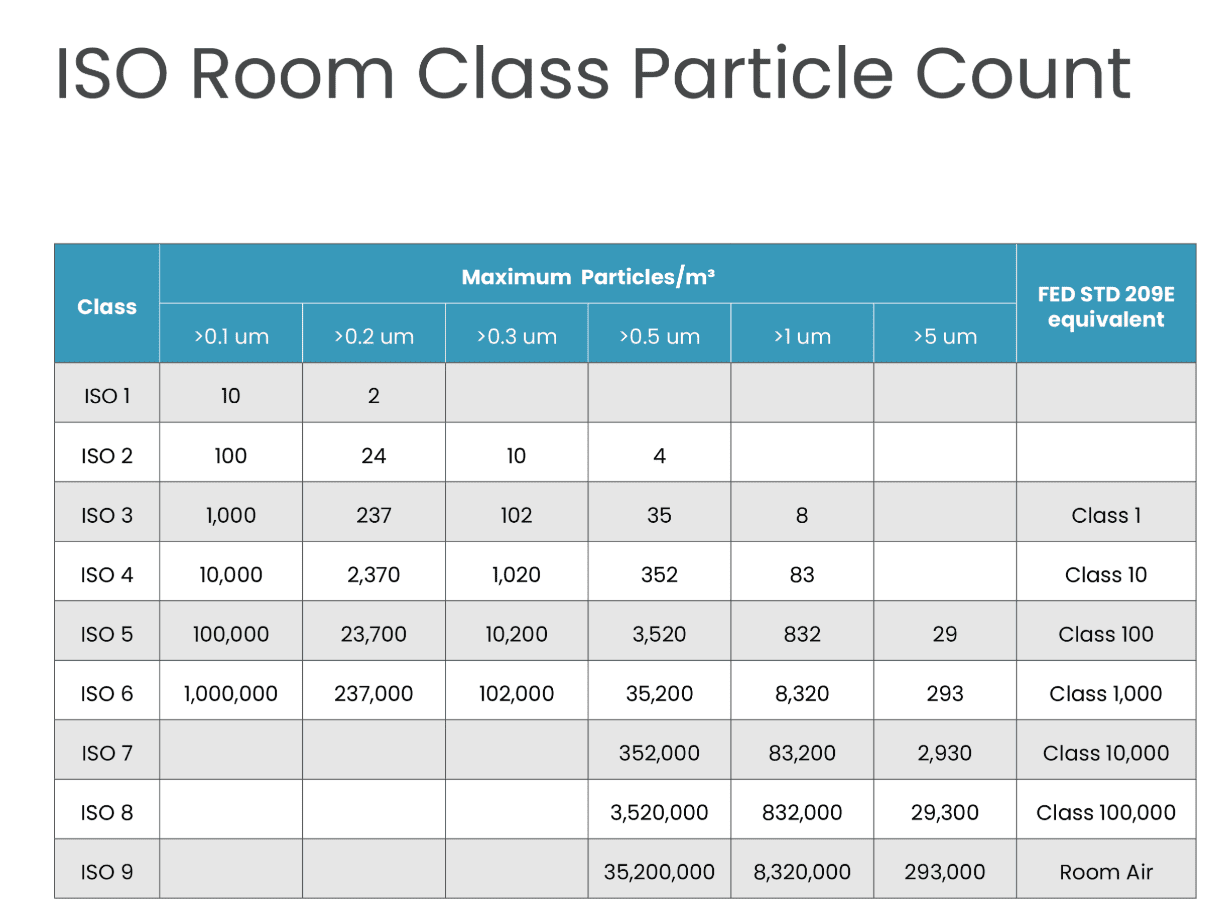
What Cleanroom Classification Does Your Industry Need?
Cleanrooms are present in almost every industry to varying degrees. Maintaining a controlled environment is…
Read More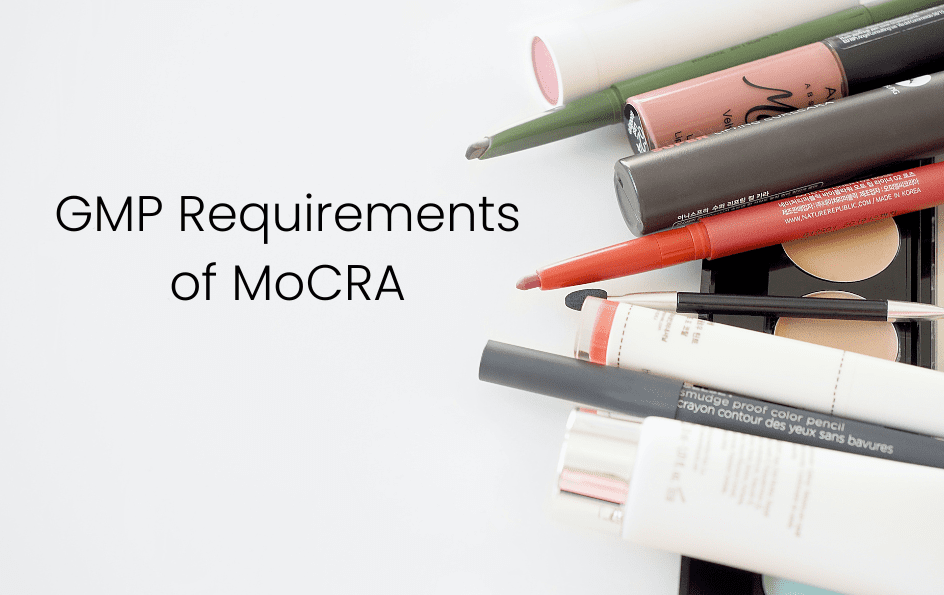
MoCRA & Cosmetics GMP Guidelines: 8 Key Areas
It’s estimated that American consumers use 6 to 12 cosmetic products daily, contributing to the…
Read More
The 4 Types of Food Contamination (and How to Prevent Them)
The journey of our food from farm to plate involves several important steps to ensure…
Read More
Cell and Gene Therapy: Contamination Control Strategies
Cell and gene therapy are overlapping cutting-edge medical treatments that involve using living cells and…
Read More
The Success of Cannabis Cleanrooms: The New Standard in Cultivation
If you’re involved in the cannabis industry, you’re likely familiar with the challenges of maintaining…
Read More
Cleanrooms in Electronics Manufacturing
Contamination poses an enormous risk to electronic products during the manufacturing process. If electronic products…
Read More
The Importance of Contamination Control in the Food Industry
Consuming food and beverages constitutes an essential aspect of daily life for everyone. Yet, few…
Read More
Is Your Data Center at Risk From Rust and Debris?
According to IMB Today, one hour of downtime can cost on average, a whopping £300,000.…
Read More
Contamination Control in Hopsitals, It’s a Must!
Hospitals and healthcare facilities face many risks every single day, especially from contamination. Contamination in…
Read More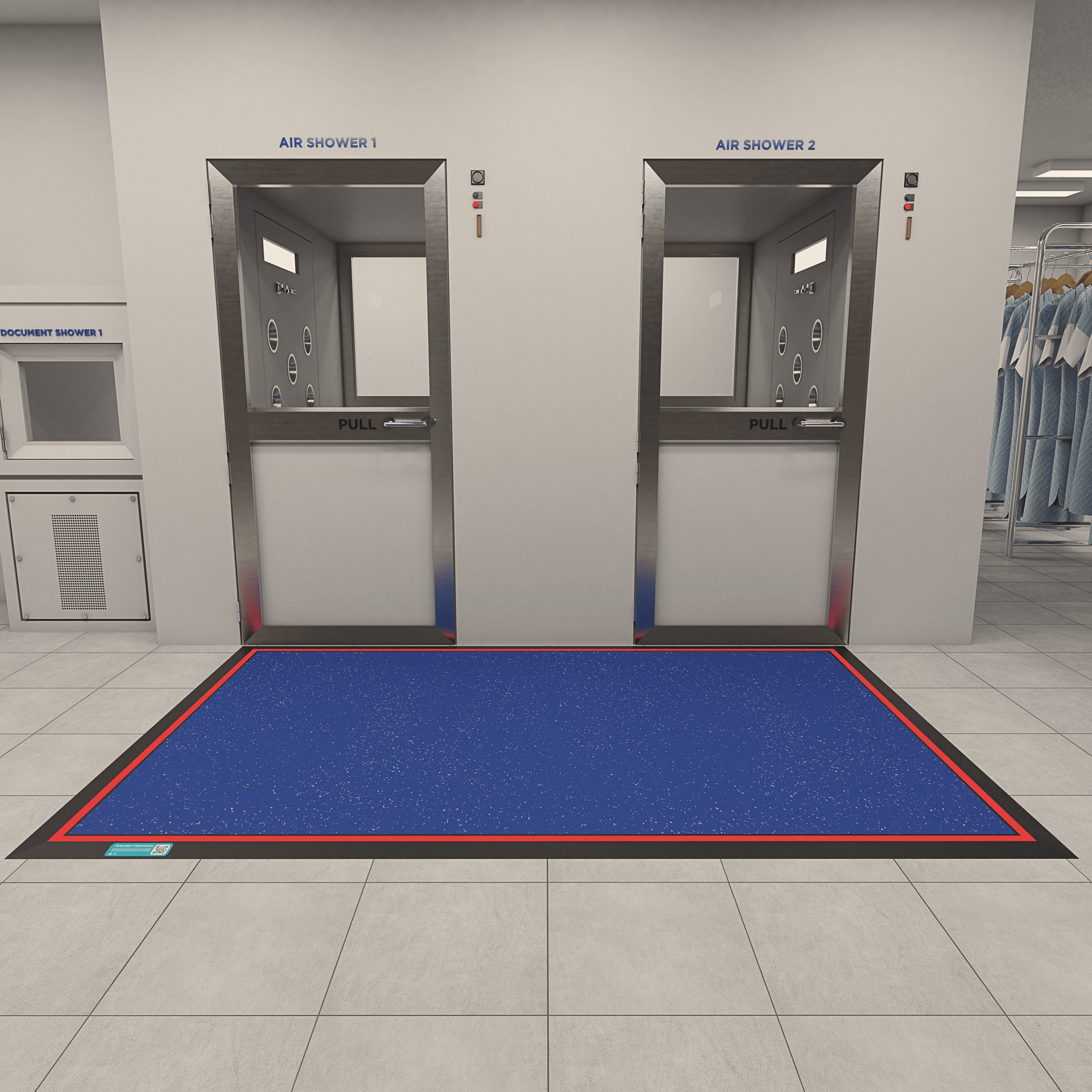
Long-lasting Alternative to Sticky-off Mats
With 80% of particulates said to enter critical environments via feet and wheels, now more…
Read More
Step-by-Step Guide For Scrubbing Into a Cleanroom
Cleanroom gowning is the term used for putting on specialized coveralls or personal protective equipment…
Read More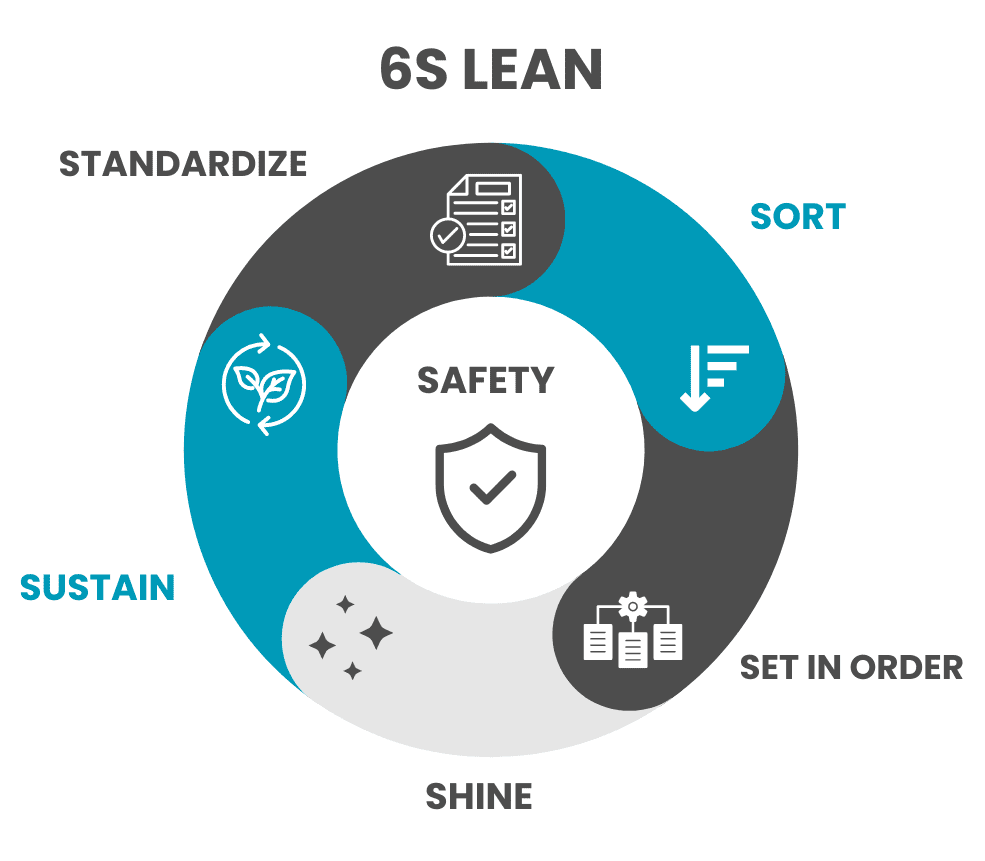
6S Lean Management: Your Comprehensive Guide
In many industries, floor-level contamination control is a critical aspect of ensuring high-quality, safe and…
Read More
4 Tips for Contamination Control Strategies
At Dycem, our main aim is to help keep your facilities free of contamination. So,…
Read More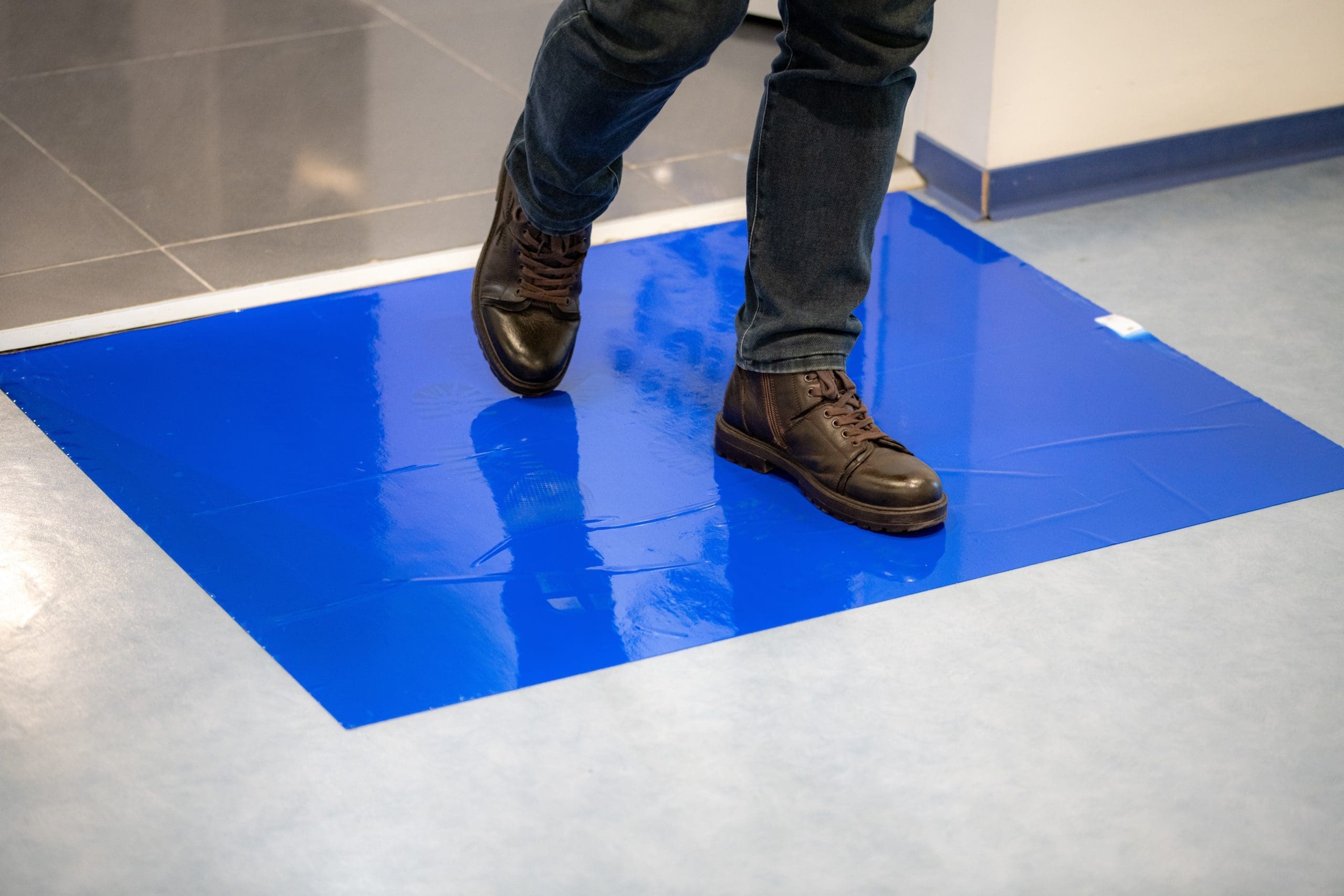
Why You Should STOP Using Sticky Mats
Critical environments, clean rooms, and controlled areas should be protected within manufacturing facilities to minimize…
Read More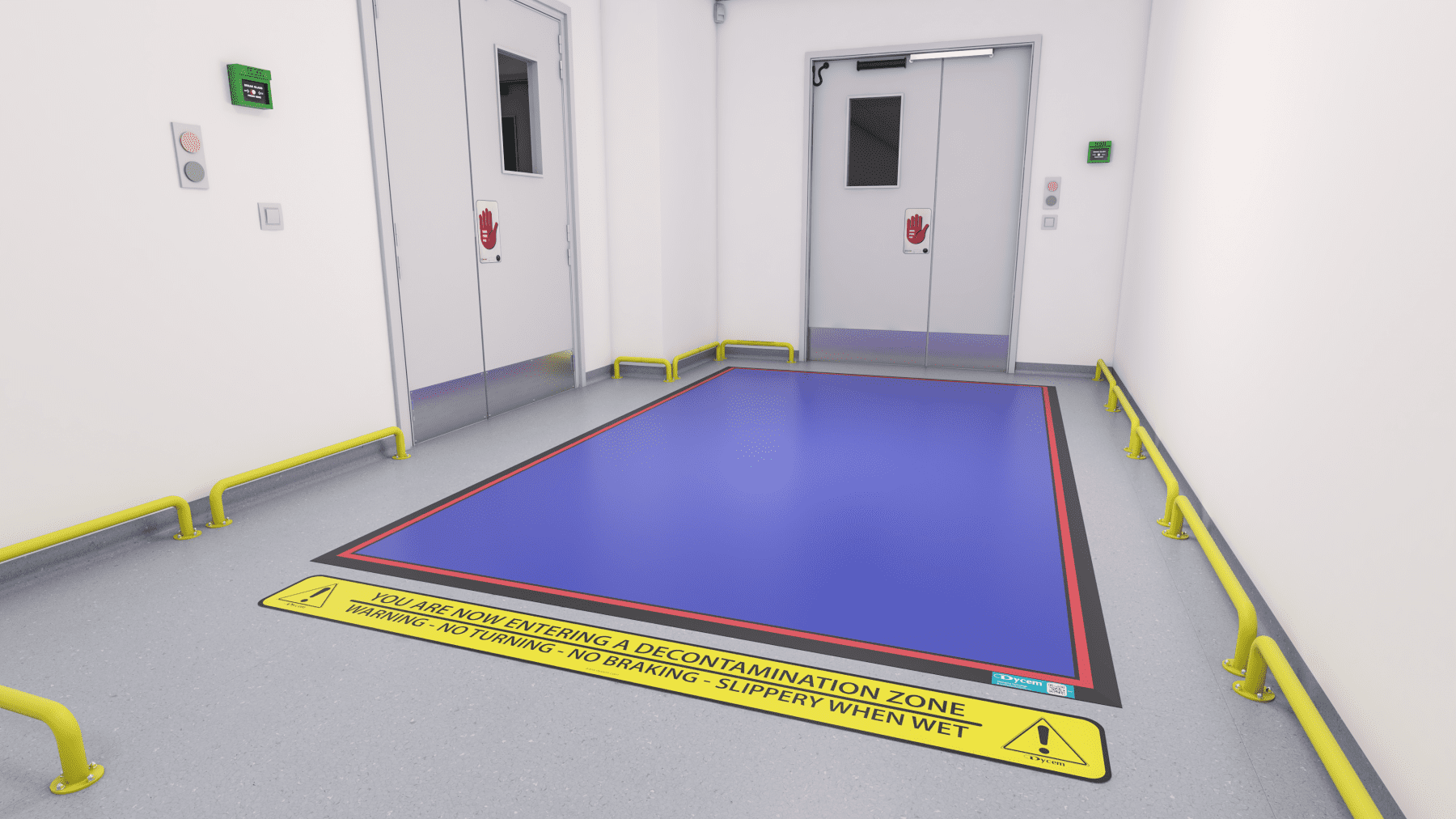
Are You Using The Proven Leader In Contamination Control?
When it comes to keeping clean rooms as clean as possible, especially in the life…
Read More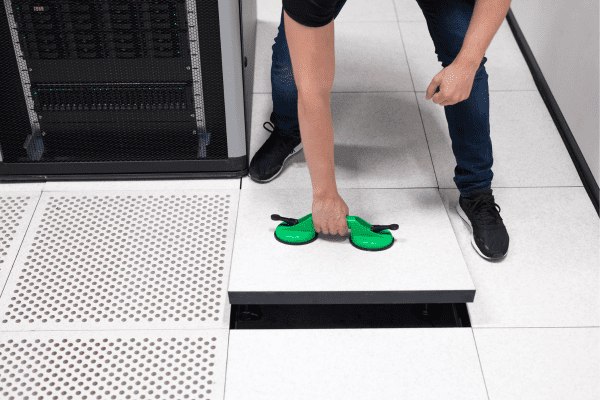
Contamination Control: Don’t Go Half-In
When you have a site with highly technical needs, you need a contamination solution that…
Read More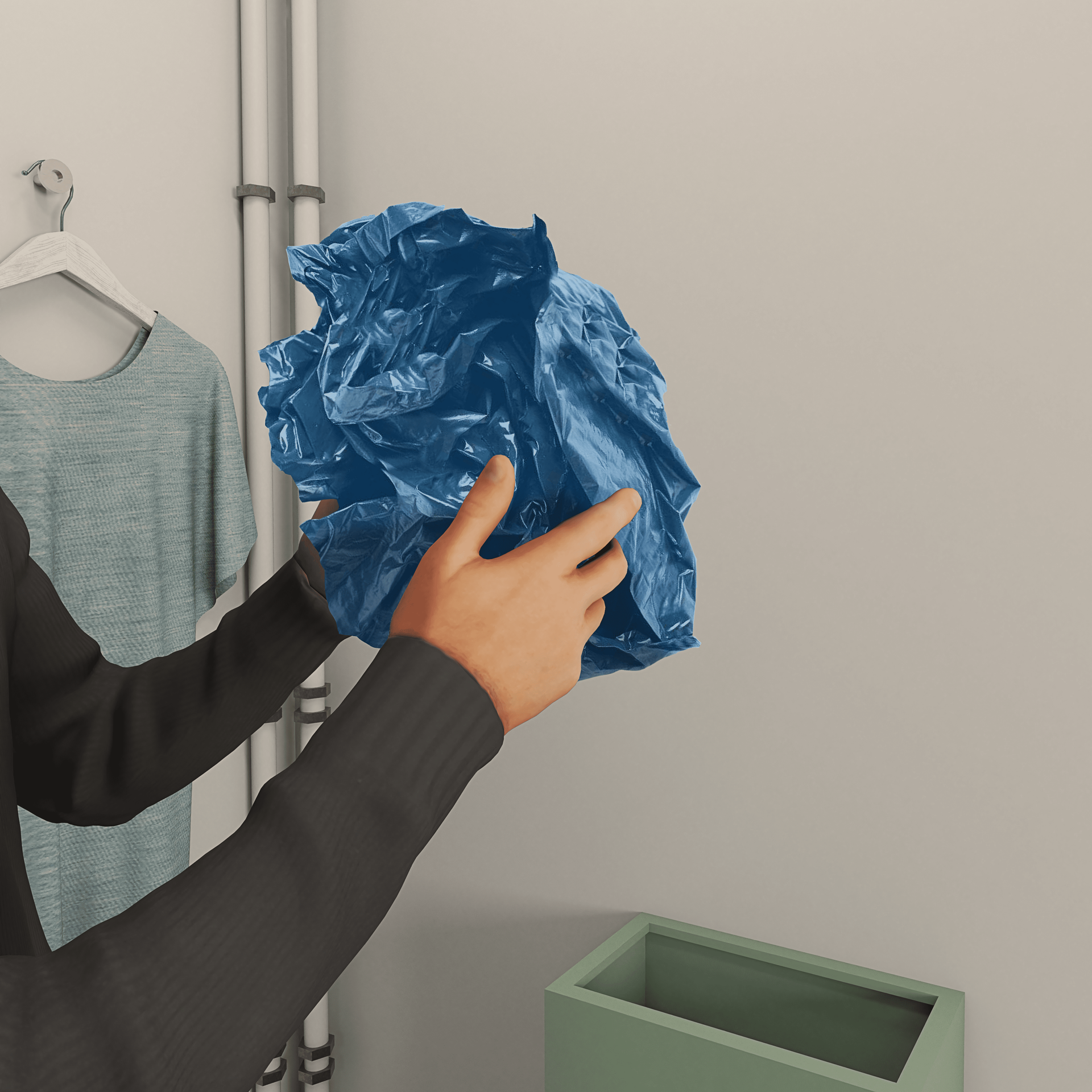
Reduce Single-Use Plastic Waste with Dycem Contamination Control
Contaminated plastic waste is harmful to your environment, therefore by using disposable peel-off mats and…
Read More